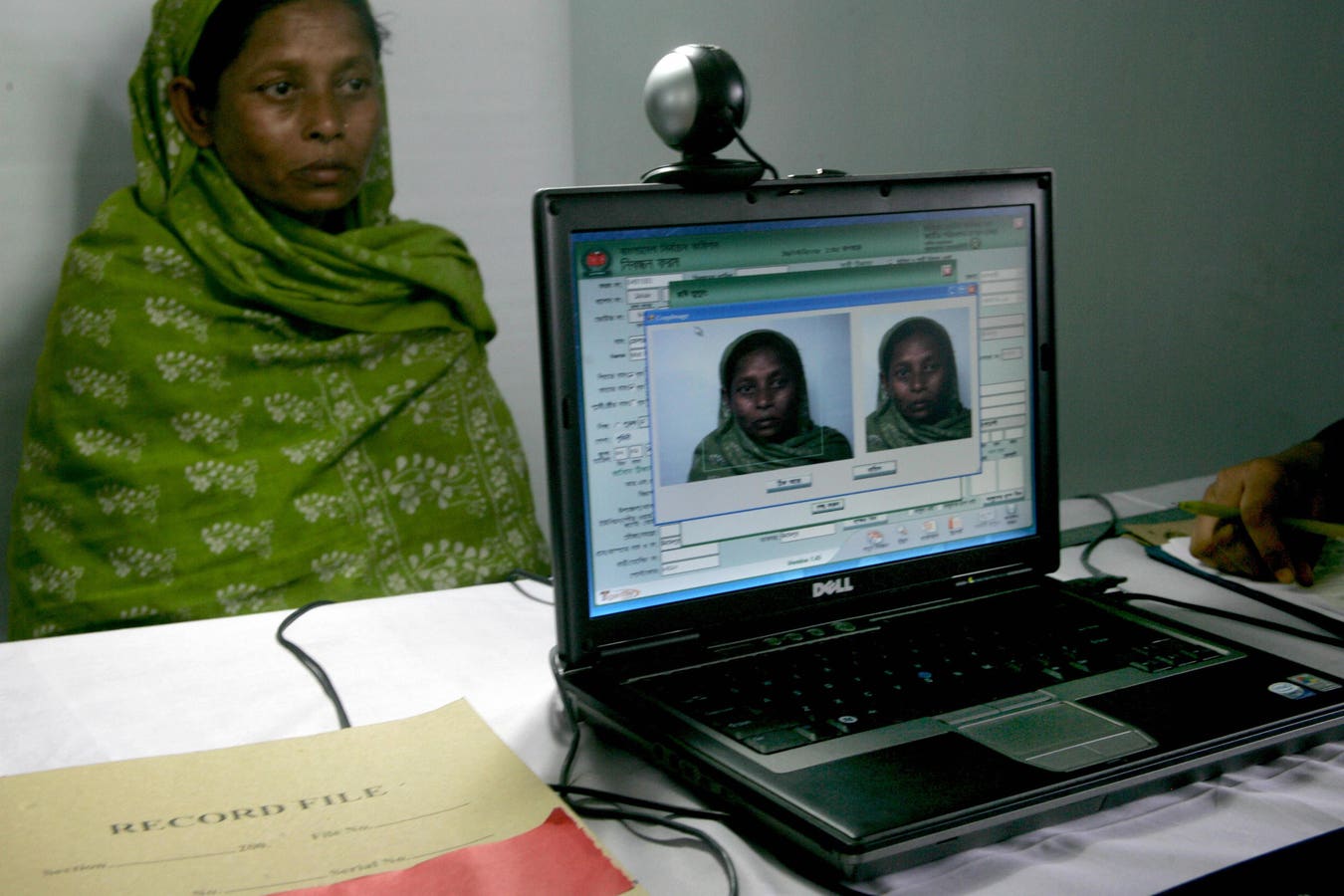In a world where digital transformation is rapidly reshaping the contours of global development, the United Nations Development Programme (UNDP) emerges as a pivotal player.
The UNDP, with its extensive reach across 170 countries, holds a unique position at the intersection of technology, governance, and social welfare, orchestrating digital strategies that tackle everything from poverty eradication to climate change.
At the bustling Web Summit in Lisbon, I spoke with the UNDP’s Chief Digital Officer, Robert Opp. Our conversation delved into the intricacies of harnessing digital technologies for societal advancement, particularly in the wake of the COVID-19 pandemic, that, in many ways, acted as a catalyst.
“The pandemic really exposed the weaknesses and the strengths of every country’s digital infrastructure, as they were trying to do things like maintaining social distancing and figure out COVID tracing and immunization support, all in the digital space,” Opp told me.
Organizations like the UNDP saw requests skyrocket from nations seeking help building specific digital tools, like databases for health management and vaccine tracking.
For example, in India, the UNDP aided the rapid development of a national COVID vaccine tracking system that scaled to hundreds of millions of people, based on pre-existing digital vaccine infrastructure.
But more than just digital “band-aids,” many countries realized the need for comprehensive digital transformation strategies.
“Countries that didn’t have national policies in this space reached out and asked for support and we would provide input and sometimes resources and learnings from other countries. We have a framework that we call inclusive digital transformation, which means putting the user, the citizen first and implementing the digital transformation in a way that no one is left behind,” Opp said.
Elaborating further, Opp dwelled on the idea of “digital public infrastructure” – building shared digital platforms and services that can enable broad access and benefits across society.
He drew an analogy with the development of traditional public infrastructures like roads, railways and electricity grids. Just as these physical structures spurred economic and social development, foundational digital building blocks can similarly catalyze innovation and inclusion.
He cited India’s remarkable strides in digital financial inclusion as a testament to the transformative power of digital public infrastructure. The government rollout of Aadhaar, combined with building a digital payments platform, allowed India to provide digital IDs to over 1 billion residents in just a decade. This digital foundation then enabled private banks and financial services companies to rapidly expand access to banking for millions of unbanked Indians.
This approach, Opp believes, is key to catalyzing digital transformation in a way that benefits all layers of society.
However, getting this right means not focusing just on the technical, infrastructural side of the problem, but taking into account other factors that can hinder people’s access to the Internet, lack of digital skills and affordability in the first place.
In this regard, the UNDP’s approach is that bridging the digital divide and digitizing systems do not need to happen sequentially – progress can be made on both fronts simultaneously.
Opp cited Bangladesh as an example. Over the past 15 years, the country, with the support of the UNDP, has undertaken a huge effort to digitize government systems and services.
“When the project started, many citizens lacked internet connectivity. What the government did, is putting several thousand digital access points in rural areas, run by local entrepreneurs, sort of mom-and-pop shops. This way, even if you didn’t have a phone or connectivity, you could go there and access governmental digital services, for example to apply for a passport.”
Initiatives like this show how the digital divide can be bridged while rolling out online services at the same time.
However, challenges remain. The rapid pace of technological advancement often outstrips policy development, necessitating agile governance capable of adapting to these changes. Additionally, the potential of AI to exacerbate existing inequalities, poses a significant concern.
“One big concern that we have, is that countries that are more equipped and skilled at AI platforms, both in terms of developing and using, they could have a much faster development process and countries that don’t have the skills and capacities are going to be left behind.”
Empowering local innovators through its 91 Accelerator Labs that nurture startups worldwide, is therefore a key element of UNDP’s strategy.
However, retention of local tech talent remains a challenge, as skilled individuals often leave for opportunities abroad.
Another concern is the disproprortionate availability and representativeness of datasets across different parts of the world.
“The internet has lots of English content originating from North America and somewhat from Europe. This is less the case when you get into Sub-Saharan Africa or other regions that are not as wealthy and haven’t contributed as much data,” Opp said.
This disparity may lead to AI models that do not effectively serve smaller, less represented online communities.
One way to address these disparities could be by promoting the creation of open source tools and data sets. Opp underscored this approach as a means to create a digital commons, leveling the playing field for nations globally.
Ensuring that the benefits of AI are universally accessible will require a concerted global effort, involving both the public and private sectors, to prevent the most marginalized members of society from being sidelined even further.
“We really need to have an honest conversation about how we are going to really leverage the power of AI for the benefit of all people and not just a few markets” Opp urged.
Read the full article here





